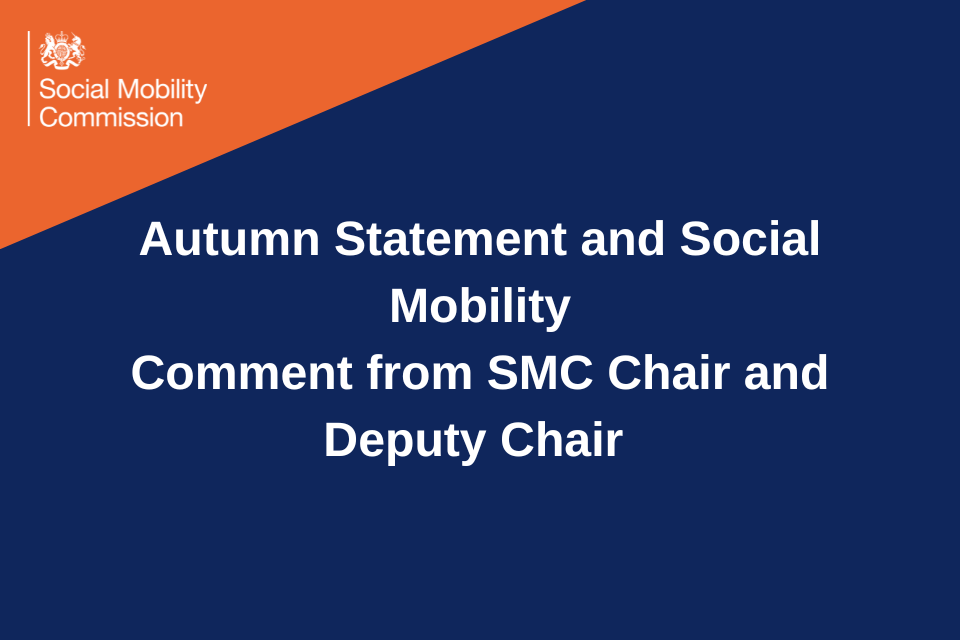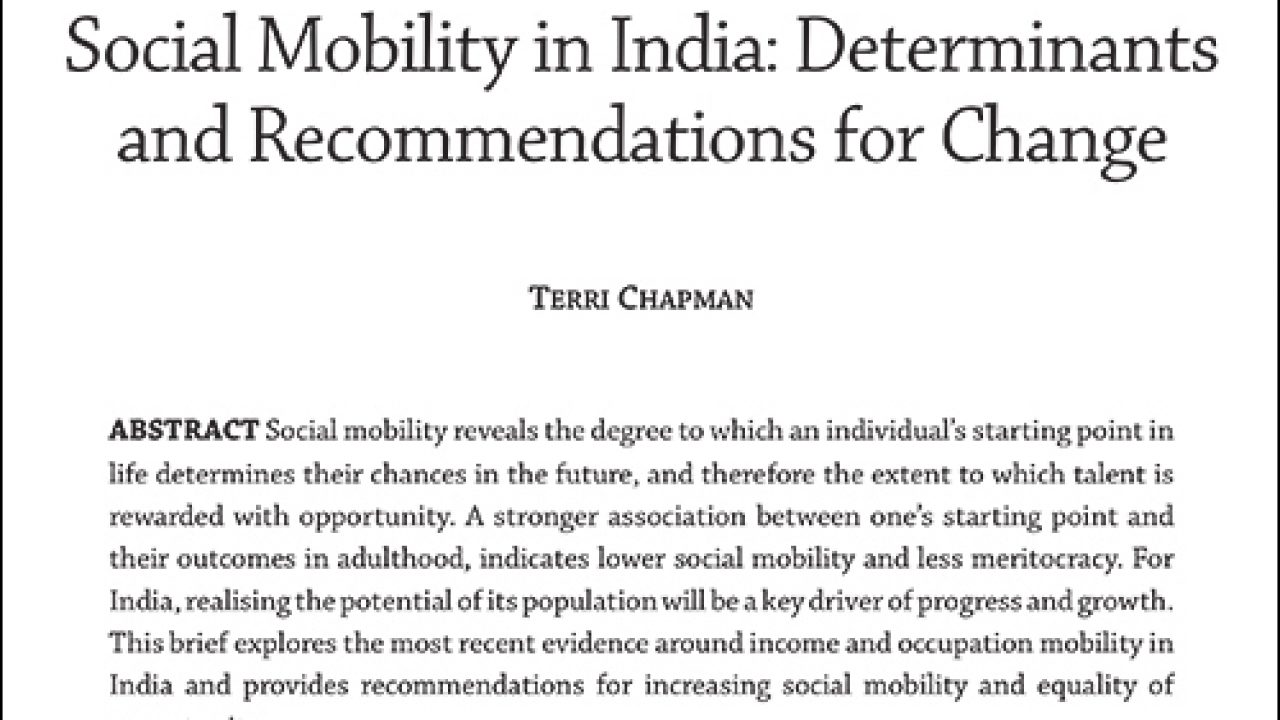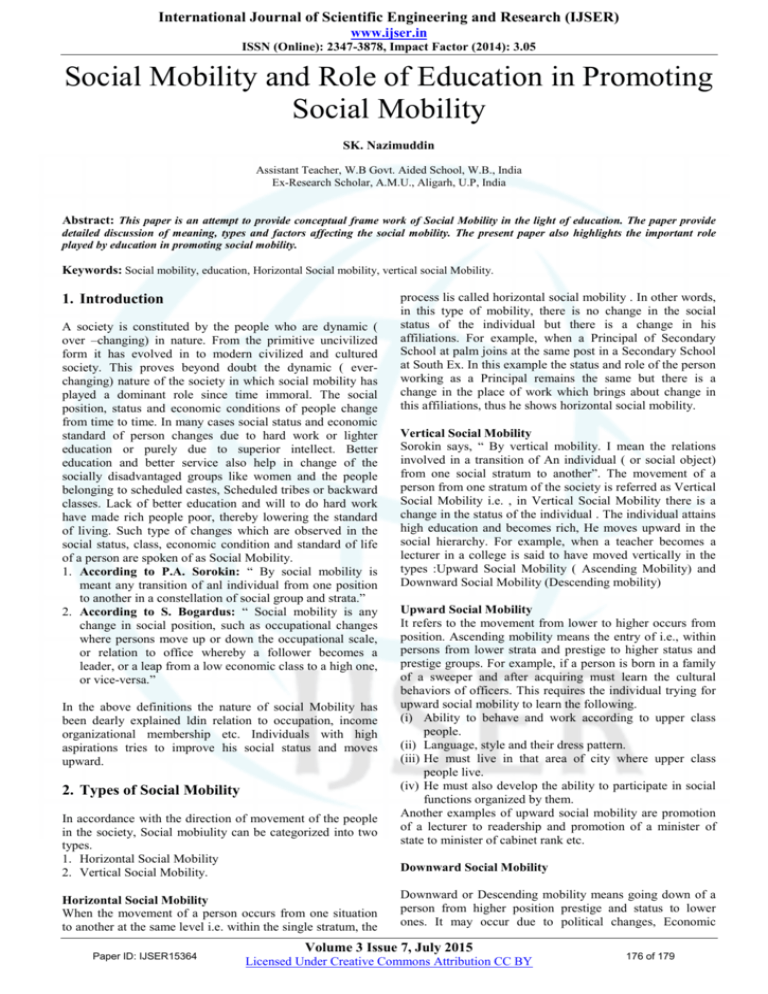Horizontal social mobility refers to the movement of an individual within a particular social class or status group. It involves a change in an individual's occupation, education level, or income, but not their social position or status. For example, a person who moves from being a teacher to a nurse is experiencing horizontal social mobility, as they are changing their occupation but not their social status.
Horizontal social mobility can be either upward or downward. Upward horizontal social mobility occurs when an individual moves to a higher-paying or more prestigious occupation within the same social class. Downward horizontal social mobility, on the other hand, occurs when an individual moves to a lower-paying or less prestigious occupation within the same social class.
There are various factors that can influence horizontal social mobility. Education is a key factor, as it can provide individuals with the knowledge and skills needed to pursue higher-paying or more prestigious occupations. Access to education can also be influenced by social class, as individuals from higher socio-economic backgrounds may have greater access to quality education and opportunities for advancement.
Other factors that can impact horizontal social mobility include an individual's personal characteristics, such as their ambition, dedication, and work ethic, as well as external factors such as the availability of job opportunities and the overall state of the economy.
Horizontal social mobility is distinct from vertical social mobility, which refers to movement between social classes. While vertical social mobility is often seen as a measure of social mobility and equality in a society, horizontal social mobility can also play a role in an individual's sense of well-being and satisfaction with their occupation and financial status.
Overall, horizontal social mobility is a complex phenomenon that is influenced by a variety of personal and external factors. It is an important aspect of social mobility and can have significant implications for individuals, families, and society as a whole.








